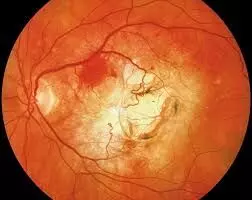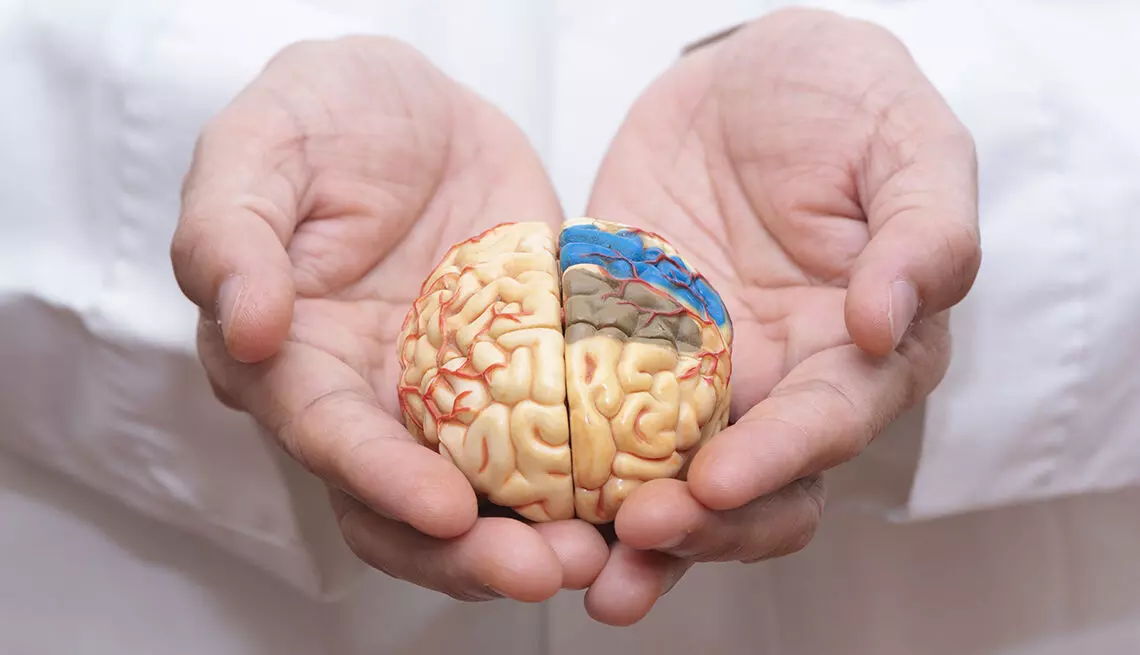- Home
- Medical news & Guidelines
- Anesthesiology
- Cardiology and CTVS
- Critical Care
- Dentistry
- Dermatology
- Diabetes and Endocrinology
- ENT
- Gastroenterology
- Medicine
- Nephrology
- Neurology
- Obstretics-Gynaecology
- Oncology
- Ophthalmology
- Orthopaedics
- Pediatrics-Neonatology
- Psychiatry
- Pulmonology
- Radiology
- Surgery
- Urology
- Laboratory Medicine
- Diet
- Nursing
- Paramedical
- Physiotherapy
- Health news
- Fact Check
- Bone Health Fact Check
- Brain Health Fact Check
- Cancer Related Fact Check
- Child Care Fact Check
- Dental and oral health fact check
- Diabetes and metabolic health fact check
- Diet and Nutrition Fact Check
- Eye and ENT Care Fact Check
- Fitness fact check
- Gut health fact check
- Heart health fact check
- Kidney health fact check
- Medical education fact check
- Men's health fact check
- Respiratory fact check
- Skin and hair care fact check
- Vaccine and Immunization fact check
- Women's health fact check
- AYUSH
- State News
- Andaman and Nicobar Islands
- Andhra Pradesh
- Arunachal Pradesh
- Assam
- Bihar
- Chandigarh
- Chattisgarh
- Dadra and Nagar Haveli
- Daman and Diu
- Delhi
- Goa
- Gujarat
- Haryana
- Himachal Pradesh
- Jammu & Kashmir
- Jharkhand
- Karnataka
- Kerala
- Ladakh
- Lakshadweep
- Madhya Pradesh
- Maharashtra
- Manipur
- Meghalaya
- Mizoram
- Nagaland
- Odisha
- Puducherry
- Punjab
- Rajasthan
- Sikkim
- Tamil Nadu
- Telangana
- Tripura
- Uttar Pradesh
- Uttrakhand
- West Bengal
- Medical Education
- Industry
Hospitalized COVID-19 Pneumonia Patients may have residual ILD

One-third of Patients with COVID-19 Pneumonia developed residual ILD, 3-6 months post-discharge as per a recent study. This was published in the journal 'Respiratory Care 2022.
The recent COVID-19 pandemic has caused quite a havoc in the lives of people worldwide. Secondary changes to chronic lung diseases by COVID-19 have become well evident but the factors that cause Interstitial Lung Disease in COVID-19-affected Pneumonia were unknown. So, researchers from Turkey have conducted a study to determine the risk factors that affect the development of interstitial lung disease in subjects with COVID-19 pneumonia who were hospitalized.
A retrospective analysis of COVID-19 pneumonia was performed on hospitalized patients between 2020-21. Relevant data like Smoking histories, comorbidities, reverse transcriptase-polymerase chain reaction test results, laboratory parameters at the time of the diagnosis, oxygen support, the use of corticosteroids with dosage and duration data, and the need for ICU care were recorded. During their 3–6 months follow-up visit, High-resolution computed topographies (HRCT) were obtained for study participants. The subjects were classified as having residual parenchymal lung disease if a follow-up HRCT revealed parenchymal abnormalities except for pure ground-glass opacities. The Control group had patients with normal chest radiograph or HRCT in their follow-up visit or the presence of pure ground-glass opacities. demographic and clinical abnormalities, laboratory parameters, treatment regimens, and the need for ICU care were compared between the two groups.
Key findings:
- 446 subjects were included in the study.
- The mean ± SD age was 58.4 ± 13.87 years, with 257 men (57.6%).
- 55 subjects had normal HRCT features on their follow-up and HRCT, 157 had abnormal lung parenchymal findings.
- Univariate logistic regression analysis revealed statistically significant results for age, sex, corticosteroid treatment, and the need for ICU care for predicting interstitial lung disease development.
- The residual disease group had significantly higher leukocyte and neutrophil counts and lower lymphocyte counts.
- Correlated with these findings, neutrophil-to-lymphocyte ratios, and platelet-to-lymphocyte ratios were significantly higher in the residual disease group.
Thus, the researchers concluded that Residual parenchymal disease was observed 3-6 months after discharge in one-third of the subjects hospitalized with COVID-19 pneumonia and further added that interstitial lung disease developed more frequently in older men and those subjects with more-severe disease parameters.
For the complete article, click here: 10.4187/respcare.09816
Polat G, Özdemir Ö, Ermin S, et al. Factors Affecting the Risk of Interstitial Lung Disease Development in Hospitalized Patients With COVID-19 Pneumonia [published online ahead of print, 2022 Jul 5]. Respir Care. 2022;respcare.09816.
BDS, MDS
Dr.Niharika Harsha B (BDS,MDS) completed her BDS from Govt Dental College, Hyderabad and MDS from Dr.NTR University of health sciences(Now Kaloji Rao University). She has 4 years of private dental practice and worked for 2 years as Consultant Oral Radiologist at a Dental Imaging Centre in Hyderabad. She worked as Research Assistant and scientific writer in the development of Oral Anti cancer screening device with her seniors. She has a deep intriguing wish in writing highly engaging, captivating and informative medical content for a wider audience. She can be contacted at editorial@medicaldialogues.in.
Dr Kamal Kant Kohli-MBBS, DTCD- a chest specialist with more than 30 years of practice and a flair for writing clinical articles, Dr Kamal Kant Kohli joined Medical Dialogues as a Chief Editor of Medical News. Besides writing articles, as an editor, he proofreads and verifies all the medical content published on Medical Dialogues including those coming from journals, studies,medical conferences,guidelines etc. Email: drkohli@medicaldialogues.in. Contact no. 011-43720751




